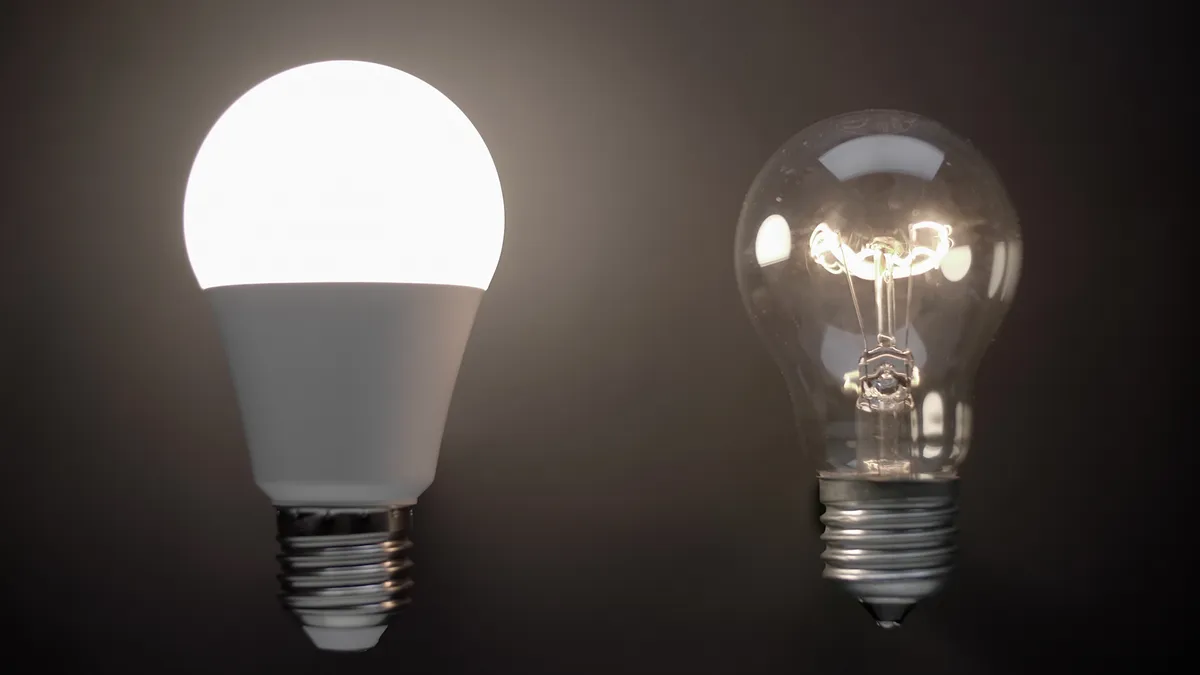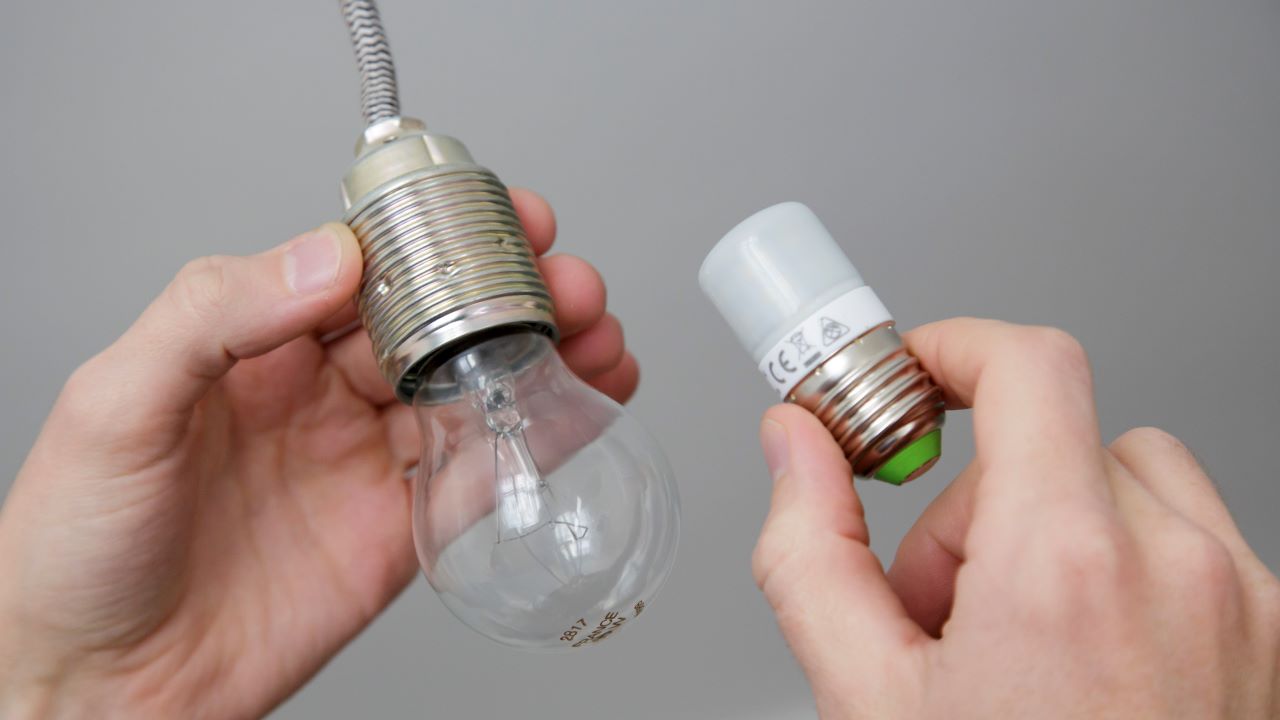Introduction incandescent light bulb
The incandescent light bulb, a marvel of engineering and innovation, has been illuminating homes and businesses for over a century. It stands as one of the most iconic inventions of the modern age, a symbol of human ingenuity and the relentless pursuit of progress. Despite being gradually replaced by more energy-efficient alternatives, the incandescent bulb remains a critical milestone in the history of lighting and technology. Below, we delve into its history, design, functionality, and impact on society.
The Birth of an Idea: Historical Context
The development of the incandescent light bulb was a long and collaborative journey involving many inventors over decades. The quest to create electric light can be traced back to the early 19th century when scientists began experimenting with electrical currents and filaments. Humphry Davy, in 1802, demonstrated the first electric arc lamp, but it was impractical for everyday use. It wasn’t until Thomas Edison and his team perfected the design in 1879 that the incandescent light bulb became commercially viable. Edison’s carbon filament bulb, capable of lasting up to 14 hours, set the stage for widespread adoption and revolutionized how society approached lighting.
How It Works: The Science Behind the Glow
The incandescent bulb operates on a simple yet fascinating principle: incandescence. When an electric current passes through a filament, usually made of tungsten, it heats the filament to a high temperature, causing it to emit light. The bulb’s glass enclosure prevents oxygen from reaching the filament, thereby preventing combustion. A vacuum or inert gas, such as argon or nitrogen, fills the bulb to enhance its longevity and efficiency. The emitted light spans a broad spectrum, giving incandescent bulbs their characteristic warm glow.
Design and Evolution
The classic design of the incandescent bulb has undergone significant refinements since its inception. Early bulbs featured carbonized bamboo filaments, while modern versions use tungsten for its high melting point and durability. Over time, manufacturers introduced various shapes, sizes, and wattages to cater to different lighting needs. Decorative versions with unique filaments or colored glass also emerged, making incandescent bulbs a versatile option for aesthetic and functional purposes.
Advantages of Incandescent Bulbs
Despite their declining popularity, incandescent light bulbs offer several distinct advantages. Their warm and inviting light is often preferred in residential settings, creating a cozy and comfortable atmosphere. Additionally, incandescent bulbs are inexpensive to produce and purchase, making them accessible to households worldwide. They are also compatible with dimmer switches, allowing users to adjust brightness levels with ease.
Drawbacks and Limitations
 One of the primary disadvantages of incandescent light bulb is their energy inefficiency. Approximately 90% of the energy they consume is released as heat rather than light, making them less efficient than modern alternatives such as LEDs and CFLs. Their relatively short lifespan, typically around 1,000 hours, also adds to their environmental and economic drawbacks. As global awareness of energy conservation grows, these limitations have contributed to the phasing out of incandescent bulbs in many countries.
One of the primary disadvantages of incandescent light bulb is their energy inefficiency. Approximately 90% of the energy they consume is released as heat rather than light, making them less efficient than modern alternatives such as LEDs and CFLs. Their relatively short lifespan, typically around 1,000 hours, also adds to their environmental and economic drawbacks. As global awareness of energy conservation grows, these limitations have contributed to the phasing out of incandescent bulbs in many countries.
Incandescent Bulbs vs. Modern Alternatives
The rise of energy-efficient lighting options has significantly impacted the demand for incandescent bulbs. Compact fluorescent lamps (CFLs) and light-emitting diodes (LEDs) consume far less energy and have longer lifespans, making them more sustainable choices. However, many users still prefer the color rendering and warmth of incandescent light, which LEDs and CFLs often struggle to replicate perfectly. In some cases, modern technologies have introduced filament-style LEDs designed to mimic the aesthetic of traditional incandescent bulbs.
Cultural and Historical Significance
The incandescent bulb is more than just a source of light; it is a cultural icon. Its invention marked the dawn of a new era, enabling longer working hours, safer urban environments, and improved quality of life. The image of a glowing light bulb has become synonymous with innovation and creativity, frequently used as a metaphor for a groundbreaking idea. Museums, art installations, and nostalgic design enthusiasts continue to celebrate the incandescent bulb as a symbol of progress and ingenuity.
Environmental Impact
While incandescent bulbs were instrumental in shaping modern society, their environmental impact cannot be ignored. Their high energy consumption contributes to increased greenhouse gas emissions, prompting governments and organizations to advocate for energy-efficient alternatives. The disposal of incandescent bulbs, which contain small amounts of metal and glass, also poses challenges for recycling and waste management. Efforts to minimize these impacts include the development of eco-friendly lighting technologies and policies encouraging the transition to sustainable options.
Future Prospects
Although the production and sale of incandescent light bulbs have been restricted in many regions, their legacy endures. Specialty applications, such as heat lamps, appliance lighting, and decorative fixtures, ensure that incandescent technology remains relevant in niche markets. Furthermore, ongoing advancements in LED technology aim to replicate the visual and functional qualities of incandescent light, blending tradition with innovation.
Conclusion
The incandescent light bulb holds a unique place in the story of human achievement. From its humble beginnings to its widespread adoption, it has illuminated lives and inspired countless innovations. While its dominance has waned in the face of energy-efficient technologies, the incandescent bulb remains a testament to the power of human creativity and the transformative impact of invention. Whether as a functional tool or a nostalgic artifact, the incandescent light bulb continues to shine brightly in the annals of history.
You Many Also Read: PI123


